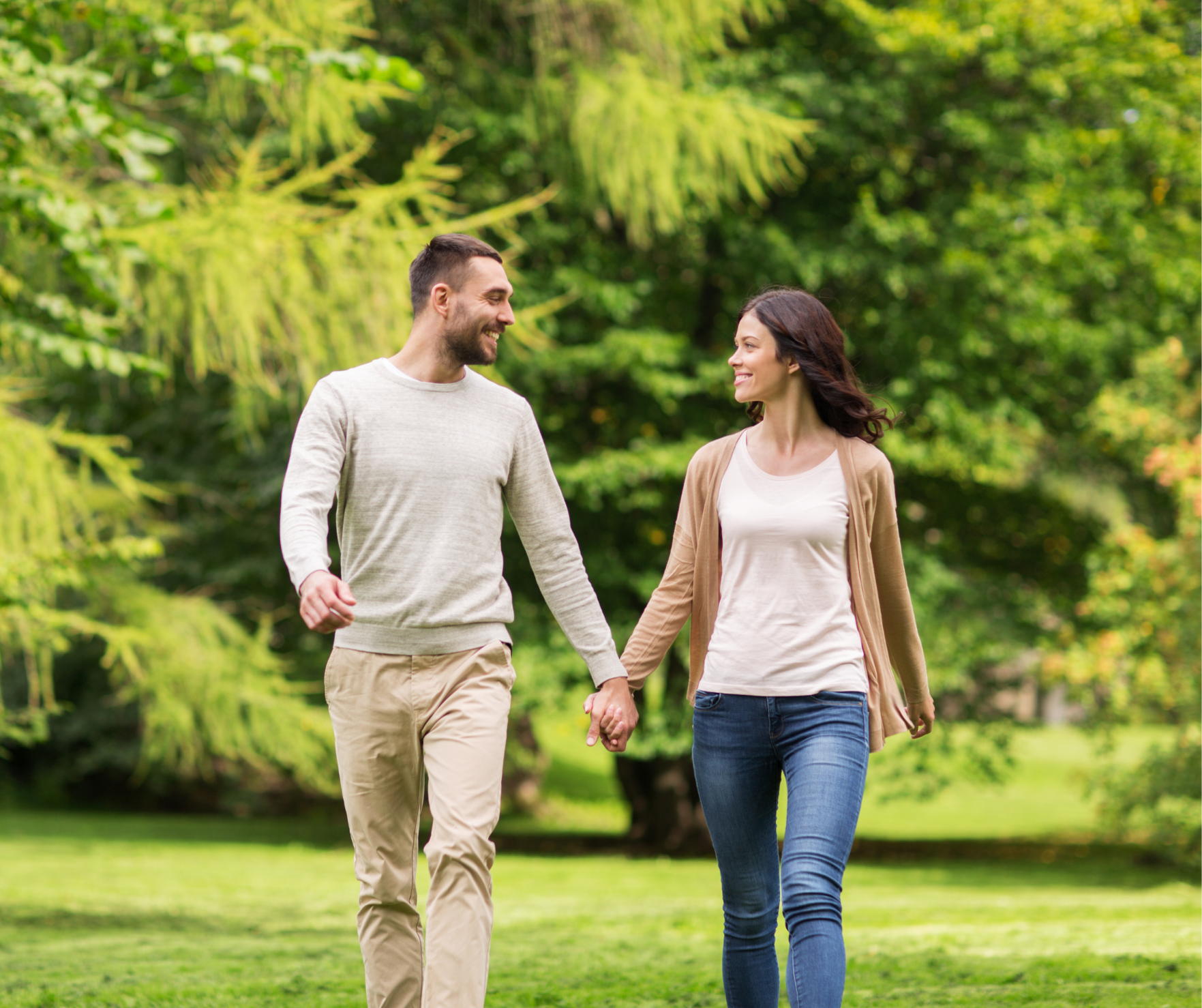The stereotype of entering a therapist’s office, lying on the couch and searching the inner workings of your soul may be a thing of the past. The revolution of releasing endorphins while releasing your angst could be what therapy patients have been waiting for and they didn’t even know it. Walk and talk therapy gets you off the couch and back in touch with yourself and the world around you. And the results are amazing.
Walking is Natural
The American Psychological Association (APA) calls this combination therapeutic approach a natural fit. After all, out of more than 200 mental health practitioners that were studied in 2010, it was found that most of them recommended exercise to their patients. Out of that same group, 18% were already exercising with their patients. If a therapist is going to recommend getting off the couch, it’s only natural that they should guide their patient in how to do it.
The Science of Walking
Medical research has long proven that physical exercise results in physiological responses that empower the body to fight against the effects of anxiety, depression and insomnia. It can also help to manage weight that can be an exacerbating problem. Obesity negatively affects physical health and self-image. Other diseases, such as diabetes, are often accompanied with mental health challenges such as depression. According to the U.S. Department of Health and Human Services, 83% of the mentally ill are obese.
With inactivity on the rise in American culture, practitioners need to address sedentary behavior as a contributing factor to mental health issues. A therapeutic approach needs movement for ultimate success. Especially if lack of movement is the underlying cause. The National Institutes of Health reinforce this premise with their Endorphin Hypothesis: exercise positively affects depression by releasing endorphins that enhance a person’s overall sense of well-being and reduces the body’s perception of pain.
The treatment of chronic pain has reached epidemic proportions. Chronic pain is also linked to depression, anxiety and other mental health challenges. Rather than reach for a bottle of pain reliever, reaching for your walking shoes may be the better answer.
The Best Places to Walk
Is there a difference in the effectiveness of walk and talk therapy related to where you walk? Is outdoors better than indoors on a treadmill? According to medical research from Southern Illinois University Carbondale, outdoor exercise is more beneficial than working out in the gym. Here are the study’s reported health advantages of a natural environment:
- Lowers stress.
- Improves ability to cope with stress.
- Reduces mental fatigue.
- Improves cognitive function.
- Attention restoration creating better concentration function.
- Decreases risk of mental related illness.
- Positive change in mood disturbance.
- Improved self-esteem.
- Lower blood pressure.
And you don’t have to go to a remote wilderness area to enjoy these benefits. Whether you stroll in a park, through a field, or tour a backyard garden, green spaces are all the same to your brain.
Another interesting finding of the study indicates that those who engage in outdoor exercise experience much less pre-exercise stress. Sometimes, the thought of going to the gym becomes such a hassle that people often just skip it altogether. However, those who opted for outdoor exercise experienced this type of stress much less. In fact, they were often actually eager for the next round of exercise.
How Long Should You Walk
Once a person becomes convinced that walk and talk therapy is beneficial, the next logical question is, “How long should I walk?” That all depends on the individual. Positive results have been experienced with walks lasting from 20-45 minutes. Personal need and physical health factors will be part of the formula for determining a suitable period of time for walk and talk therapy.
So, what are you waiting for? The possibilities for feeling stronger, healthier and more positive about life is right outside the doorstep. Please contact me and schedule a walk and talk session today.









